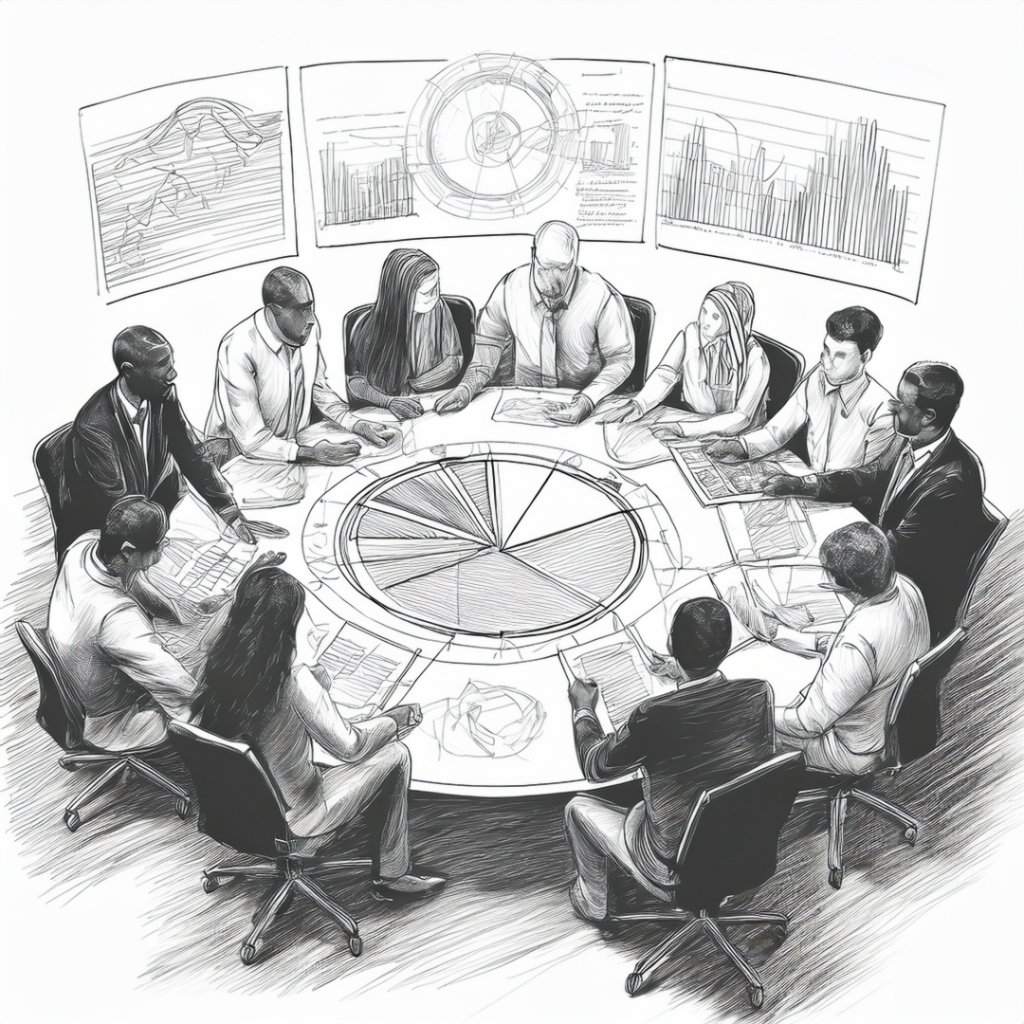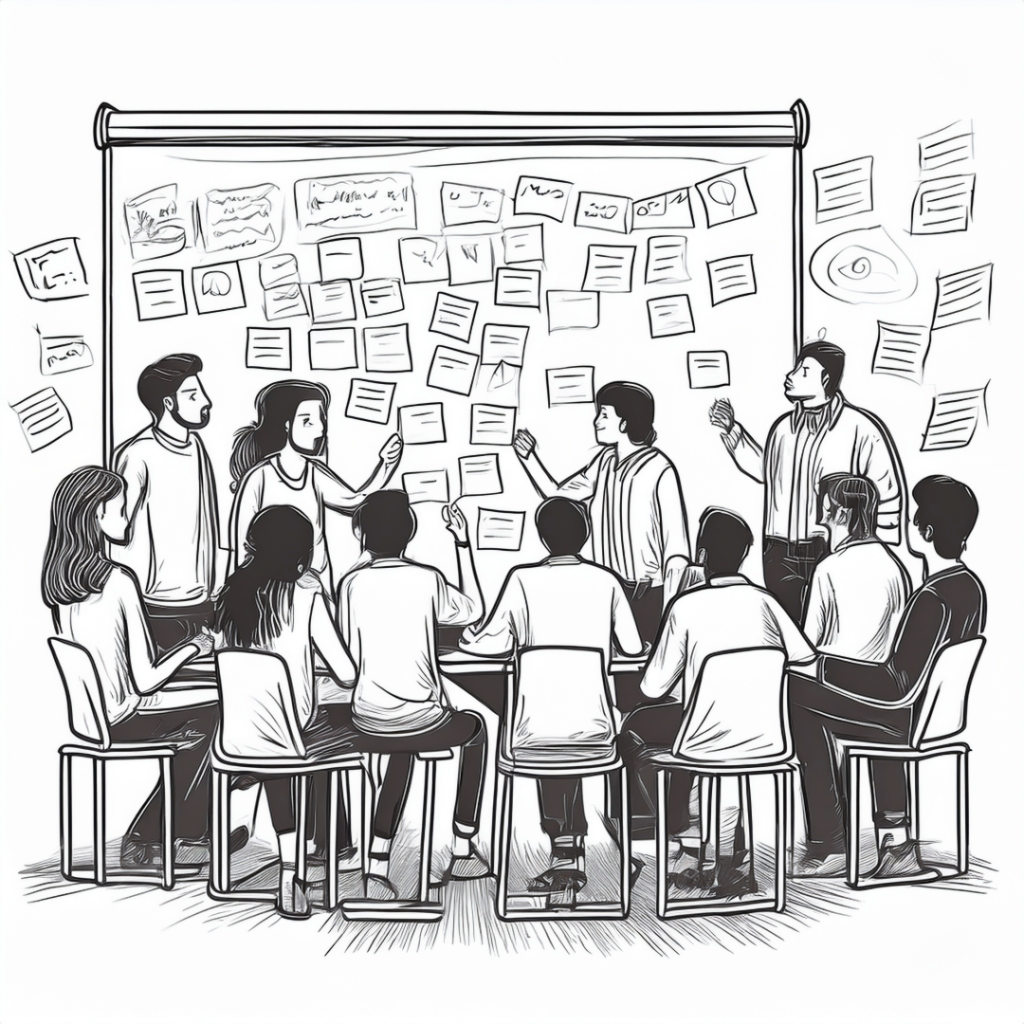
PHASE 1: ANALYSIS AND DISCOVERY
The analysis phase is critical for teams and business leaders undergoing organizational and cultural change. In this crucial first step we clarify the challenges your organization is facing and where we comprehensively illustrate the current state, identify potential roadblocks, and assess change readiness.
This focused analysis is designed to reveal hidden complexities, enabling leaders to anticipate resistance and plan accordingly. It also aligns the change with organizational goals and values, ensuring a smoother transition.
The discovery phase provides insights into the resources required, potential risks, and the impact on project partners and leaders. With a thorough analysis, organizations diminish the risks in implementing changes and improving the chances these are well-received and effective, avoiding wasted resources and potential setbacks.
PHASE 2: STRATEGIC DESIGN
The strategy phase is pivotal for teams and business leaders navigating organizational and cultural change. It involves designing initiatives and engagement experiences that drive and support change, tailored to the organization’s unique needs and context. A well-crafted strategic roadmap can turn resistance into acceptance, uncertainty into clarity, and fear into adoption. Experiential moments, such as Immersive Events, Workshops, or Simulations offer a selection of powerful tools used by the experienced facilitators in this phase, allowing team members to ‘live’ the change before the implementation.
Continued engagement is structured into the design. Regular communication and engagement loops ensure change is not just a one-time event but a sustained effort, supported by the team.
This approach fosters a healthy change culture, where adaptation and resilience become a natural part of the organization’s rhythm.


PHASE 3: ACTION AND IMPLEMENTATION
The Action Phase, following the Analysis and Strategy phases, is where change truly begins to materialize. An immersive change-sparking experience builds trust and catalyzes the change management process by aligning the team with the new direction.
Strategic Experience Design plays a crucial role here, as facilitators craft the engagement eco-system and strategically curate experiences that connect with participants’ emotions positively and constructively. This emotional connection is necessary to transform resistance into acceptance and apprehension into enthusiasm.
A team-based approach fosters long-term positive change. Emotionally engaged individuals are more likely to embrace and sustain new behaviors, contributing to the successful implementation of a lasting organizational transformation where an environment of adaptation and collaboration are fostered.
Feasible outcomes of a successful change strategy include increased trust and communication, new processes being embraced and owned by the team, a greater sense of resiliency and comfort, increased service levels, space for innovative thinking and sustainable business growth.
Do these read like your present experience and future needs?
- Are you an established organization looking to spark transformation?
- Is your organization going through a moment of change? (mergers and acquisitions, culture or product changes, funding rounds)
- Is your team ready to address change?
- Do you need to foster a collaborative culture focused on continuous and measurable improvement?
- Are you ready to develop a deeper understanding of your present situation?
- Are you ready to explore the opportunities and potential alternative futures?
- Are you struggling to turn good ideas into real action with a measurable impact?
- Are you struggling with siloed teams who only see the challenges from their perspectives and miss the “big picture thinking”?
- Are you struggling to articulate the value gained from your existing initiatives?
If you can say yes to any of the above, we invite you to find your seat at the Strategy Table and take the first step toward meaningful change.
Our experienced facilitators are ready to help your team unlock its full potential.
